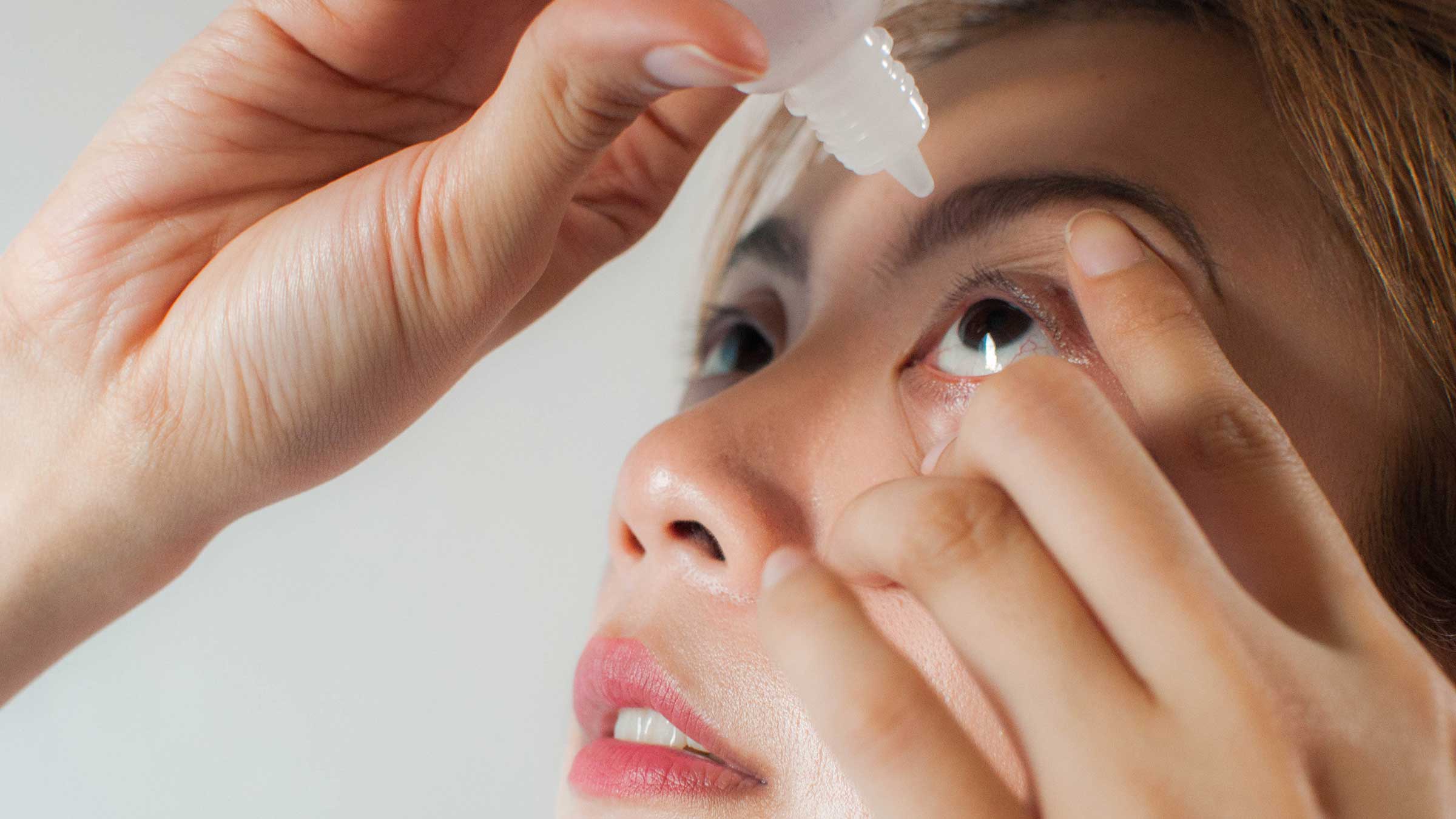
Dry, itchy eyes can often surface in the springtime, when pollen and other allergens are prevalent.
But if you find that your eyes are consistently dry, especially without a known trigger present, you may have dry eye syndrome. Here are some common questions to help you get more familiar with it.
What are some of the symptoms of dry eye syndrome?
There are many symptoms associated with dry eye syndrome. People with this condition often experience the sensation of dryness, but other common symptoms include:
- Eye fatigue
- Irritation
- Grittiness
- Burning
- Intermittent blurred vision
One confusing symptom is excess tearing, which results from the cycle of poor tear production or quality. This causes the eyes to produce more tears, but it doesn’t help the problem.
What causes dry eye syndrome?
Dry eye syndrome is caused by poor tear production, poor tear quality, or both.
The condition is often seen in people middle age and older, and it’s more common in woman than men.
There is an autoimmune condition, Sjogren’s syndrome (or Sjogren’s disease), that directly affects tear production from the lacrimal gland, located above and to the outside of each eye. But other autoimmune conditions can also cause ocular inflammation.
Many medications can affect tear production, including common drugs for anxiety and depression, as well as chemotherapy and cancer drugs.
The oil glands in the eyelids, called Meibomian glands, can become clogged or damaged. This condition is known as Meibomian gland dysfunction, and it can be more prevalent in people with skin conditions like rosacea or acne.
Ocular surgeries, such as LASIK, photorefractive keratectomy (PRK) or even cataract surgery, can often cause dry eyes.
How do you treat dry eye syndrome?
Treatment for dry eyes often involves a series of steps.
Certain environmental changes can be beneficial, such as using a humidifier and not sleeping with a fan at night.
Baseline therapy often includes tear supplementation with high-quality over-the-counter lubricating eye drops, also called artificial tears, and warm compresses to improve the oil glands in the eyelids.
Next, prescription eye drops can help boost tear production and reduce inflammation. There are oral medications and in-office treatments that can further treat Meibomian gland dysfunction.
Can dry eye syndrome be a sign of a bigger problem?
Dry eyes, especially in severe form, can be an indication of an autoimmune condition such as Sjogren’s syndrome or others.
When should I seek treatment for dry eyes?
If you’re experiencing the typical symptoms and over-the-counter lubricating eye drops haven’t helped, it is time to seek an evaluation from an eye care specialist.
Are there new treatments to address dry eyes?
A new nasal spray that increases tear production, as well as a prescription eye drop that specifically targets tear evaporation, have come on the market in the last five years.
New treatments have been adapted from dermatology to target the Meibomian glands in the eyelids, including intense pulsed light (IPL) and radiofrequency.
Are there any genetic components to having dry eyes more often?
Autoimmune conditions, such as Sjogren’s syndrome, can have a genetic component to them.

Great vision starts here
Ohio State's optometry clinics provide world-class eye care for your entire family.
Schedule an appointment




